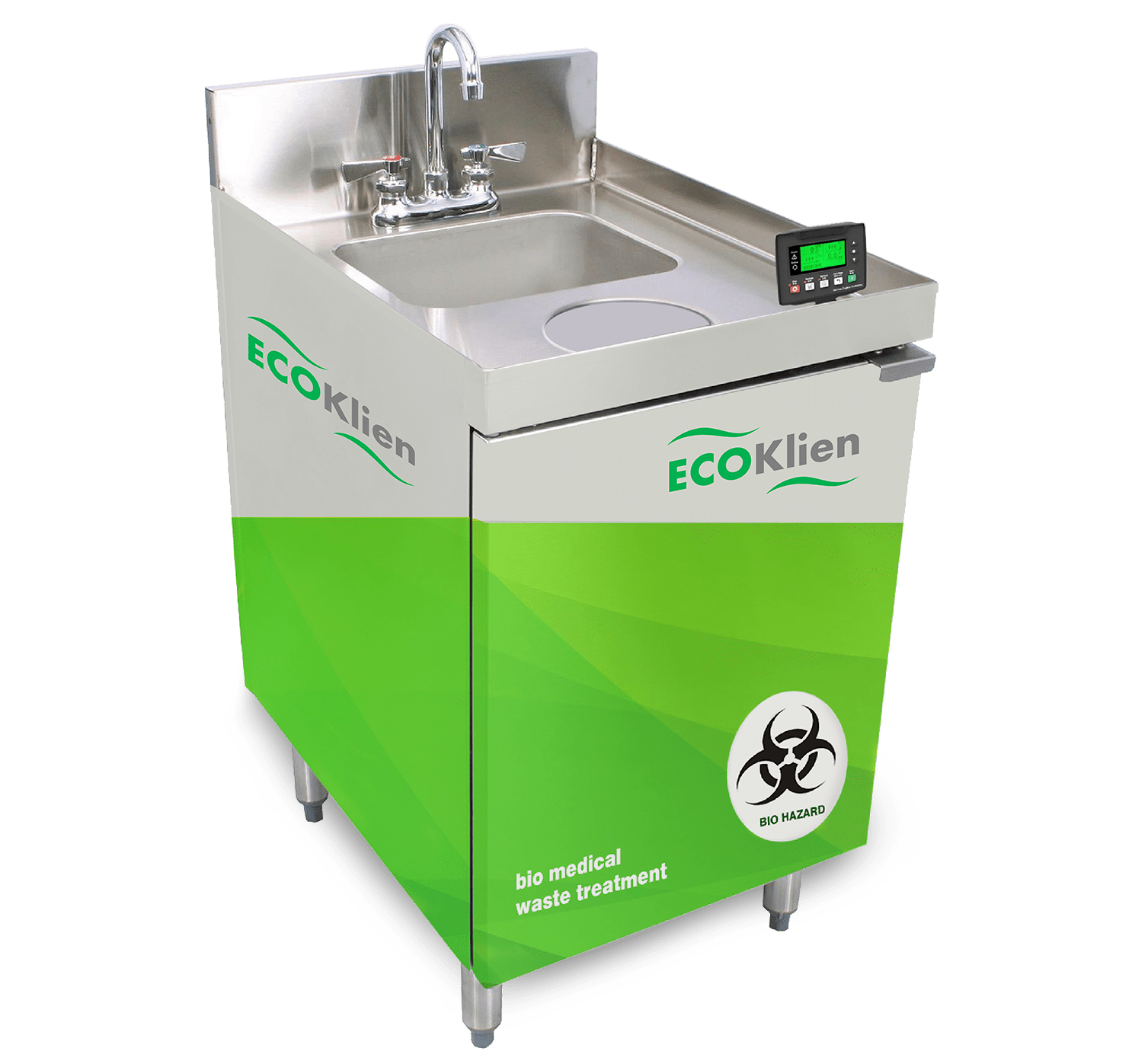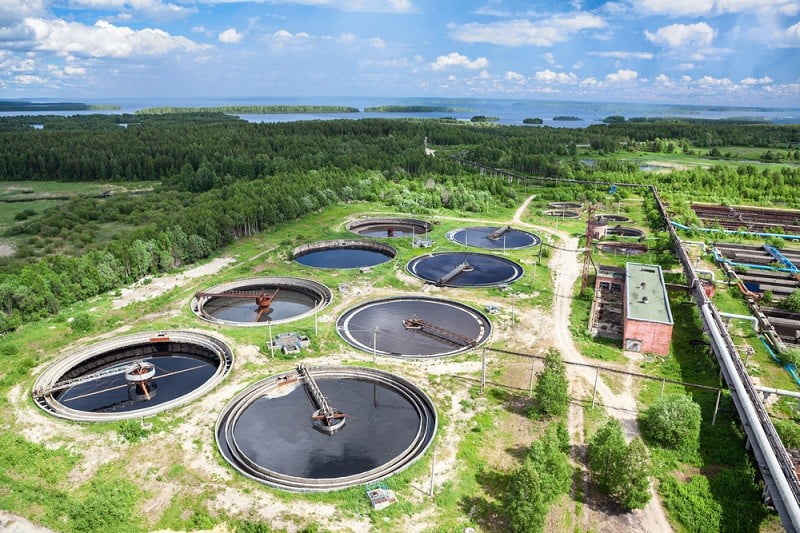Cutting-edge Industrial Wastewater Treatment Solutions: Shielding the Environment
Cutting-edge Industrial Wastewater Treatment Solutions: Shielding the Environment
Blog Article
Exactly How Fluid Garbage Disposal Works: A Detailed Overview of Strategies and Technologies Employed

Overview of Liquid Waste Types
The intricacy of fluid waste kinds demands a comprehensive understanding of their qualities and ramifications for disposal. Liquid waste can broadly be classified into numerous kinds, consisting of commercial, metropolitan, farming, and contaminated materials. Each group shows distinctive homes, calling for certain administration methods to reduce environmental and health dangers.
Industrial liquid waste stems from making processes and commonly contains a variety of pollutants, such as heavy steels, solvents, and natural substances. Local liquid waste, primarily consisting of wastewater from families and commercial facilities, includes organic issue, nutrients, and microorganisms (industrial wastewater treatment). Agricultural fluid waste, consisting of runoff from ranches, may contain plant foods, pesticides, and pet waste, presenting risks to water top quality and ecological communities
Harmful fluid waste is characterized by its toxicity, sensitivity, or possible to cause damage. Understanding these diverse fluid waste kinds is crucial for establishing efficient disposal approaches and making certain compliance with ecological laws.
Physical Therapy Techniques

Testing is the first step, where larger fragments and particles are eliminated from the liquid waste making use of displays or grates. In sedimentation tanks, heavier particles resolve at the base, developing a sludge layer, while the clarified fluid can be additional treated.
Filtration is an additional crucial approach that includes passing the liquid via porous materials, such as sand or membrane layers, to catch smaller fragments. This action improves the top quality of the fluid, making it suitable for succeeding therapy procedures.

Chemical Therapy Strategies
Chemical treatment methods are important for effectively handling fluid waste, especially in dealing with liquified and colloidal contaminants that physical approaches may not appropriately get rid of. These methods make use of various chemical agents to counteract, precipitate, or change harmful materials right into less hazardous types.
One common technique is coagulation and flocculation, where chemicals such as alum or ferric chloride are included in promote the aggregation of put on hold bits. This procedure enhances sedimentation, permitting simpler elimination of the resulting sludge. In addition, oxidation processes, utilizing representatives like chlorine or ozone, are employed to break down complicated natural substances and virus, making the waste much safer for discharge or more therapy.
Neutralization is another vital method, which readjusts the pH of acidic or alkaline waste streams to neutral Visit Website degrees, avoiding prospective damage to downstream systems and the setting. In addition, progressed oxidation procedures (AOPs) utilize combinations of oxidants and ultraviolet light to deteriorate consistent contaminants, achieving a higher level of treatment effectiveness.
Biological Treatment Processes
Organic treatment processes play an important function in the administration of fluid waste by using bacteria to decay raw material and lower impurity degrees. These processes can be extensively categorized into anaerobic and aerobic treatments, each using certain microbial areas to attain efficient waste deterioration.
Cardiovascular treatment includes the usage of oxygen to facilitate the breakdown of natural products by germs. This procedure is generally applied in triggered sludge systems, where aeration tanks provide a helpful environment for microbial development, causing the oxidation of organic pollutants. The resultant biomass can be divided from treated effluent through sedimentation.
In comparison, anaerobic treatment occurs in the lack of oxygen, counting on different microorganisms to break down click for info natural issue. This method is particularly useful for high-strength waste, as it produces biogas, a renewable resource source, while reducing sludge manufacturing. Technologies such as anaerobic digesters are frequently used in local and commercial applications.
Both anaerobic and aerobic organic treatments not just decrease the ecological impact of fluid waste but additionally help with resource recuperation, making them necessary components of lasting waste management methods. Their performance, versatility, and performance sustain their widespread execution throughout various markets.
Arising Technologies in Disposal
Innovative techniques to liquid garbage disposal are swiftly developing, driven by innovations in technology and an enhancing emphasis on sustainability. Among these arising modern technologies, membrane bioreactors (MBRs) have acquired grip for their capacity to integrate organic therapy with membrane layer purification, resulting in premium effluent that can be recycled in numerous applications. MBRs enable smaller footprints and much more effective operations compared to traditional systems.
One more appealing advancement is making use of anaerobic food digestion combined with nutrient healing innovations, which not just deals with fluid waste however likewise produces biogas and recuperates useful nutrients like nitrogen and phosphorus. This twin advantage improves resource effectiveness and lowers ecological influence.
In addition, progressed oxidation processes (AOPs) are being embraced for the deterioration of complicated organic pollutants. These methods utilize effective oxidants and drivers to damage down pollutants at the molecular level, offering a highly reliable option for difficult waste streams.
In addition, the integration of expert system and device learning in waste monitoring systems is maximizing functional effectiveness and predictive upkeep, causing minimized costs and boosted ecological compliance. These modern technologies show a considerable change in the direction of more effective and lasting liquid waste disposal techniques.
Final Thought
To conclude, reliable liquid garbage disposal requires a detailed understanding of different techniques and innovations. The integration of physical, chemical, and organic treatment techniques makes certain the effective monitoring of diverse waste kinds. Additionally, the appearance of ingenious technologies boosts treatment efficiency and promotes sustainability in waste administration techniques. By continuously advancing these techniques, it becomes feasible to Click This Link resolve the growing difficulties connected with fluid waste, ultimately adding to environmental management and resource recuperation.
Liquid waste disposal is a crucial element of ecological monitoring, calling for a comprehensive understanding of various methods and innovations customized to various waste kinds. Fluid waste can generally be classified right into numerous kinds, consisting of commercial, community, farming, and dangerous waste. Agricultural liquid waste, including runoff from farms, might contain plant foods, chemicals, and pet waste, posturing threats to water top quality and communities.
Different physical therapy approaches play an essential duty in taking care of fluid waste effectively - industrial wastewater treatment.In conclusion, effective fluid waste disposal demands a thorough understanding of different methods and innovations
Report this page